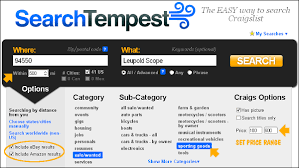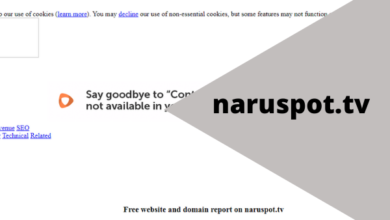Search Tempest: A New History of the Internet and the Future of Data Collection

Search Tempest of the internet is filled with both good and bad moments. However, one of the most important moments in its history was when the internet became a place where anyone, regardless of location or nationality, could share information and ideas. This open-source platform has led to the development of various industries, such as technology, medicine, education, and even activism.
The use of the internet for data collection has come a long way since its birth in the early 1990s. Today, the internet is an important tool for researchers, businesses, and other organizations to collect and store data. The future of data collection will be based on the internet’s ability to remain reliable and accessible, as well as its ability to provide better user experience.
In the 1990s, the Internet was a largely unused resource. However, as the world turned into an information age, the potential for the use of the Internet became clear. The first online service was created in 1988 and was called Mosaic. The first websites were created in 1995 and were called CERN’s White House Web site and The BBC World Service’s Web site.
The Revolutionary History of the Online Data Collection Revolution: Search Tempest
In the late 1990s, the internet was a relatively new and unexplored place for researchers. The best guess at that time was that the internet was little more than a service that people used toconnect with each other. However, as the internet became moreandmore popular, so too did concerns over its potential political implications. In 1999, the US Congress passed the National Information Security Policy Act (NISA), which mandated comprehensive government surveillance of the internet.
The online data collection revolution is slowly but surely gaining ground, as companies like Google and Facebook turn to the internet to collect user data. But what started as a way to improve customer service has turned into a massive data collection exercise that can be used for nefarious purposes. In this article, we explore the revolutionary history of the online data collection revolution and its potential implications for our future.
Since the early 1990s, online data collection and analysis have steadily become more popular than ever before. This growth has been thanks in large part to the advent of the internet, which has made it easier and faster for people to collect and store information. This revolution has led to new ways of analyzing data, helping us make better decisions and achieve our goals.
The Future of Data Collection: inch Storm, the Revolutionary New Internet Tool forSearching and Reporting on Data
The future of data collection is underpenetrated by traditional methods such as surveys and questionnaires. In the past, the collection and analysis of data was often hampered by small size, ignorance or lack of resources. With the advent of the internet, however, researchers can now collect data from an ever-growing variety of sources. This has led to a revolution in search and reporting on data. The internet allows researchers to query and analyze large amounts of data in a short amount of time.
When it comes to data, there’s no limit to what you can find. With the help of new technology, you can search and report on data in ways never before possible. That’s why inch Storm, the revolutionary new Internet tool forsearching and reporting on data, is so important. inch Storm allows users to easily access data from a variety of sources, including websites, social media, and business reports.
The internet is rapidly evolving, and so too is the way we collect and store data. One of the newest and most revolutionary tools for data collection and management is Storm, a prototype project of the Open Data Foundation. Storm was created to help researchers and businesses alike search, report on, and analyze data in an easy-to-use interface.



